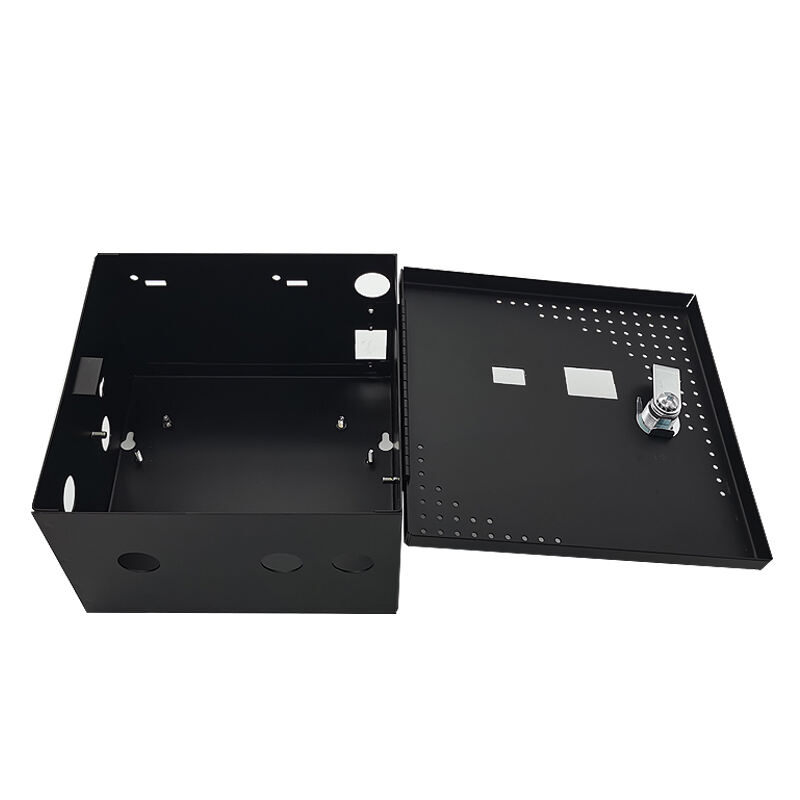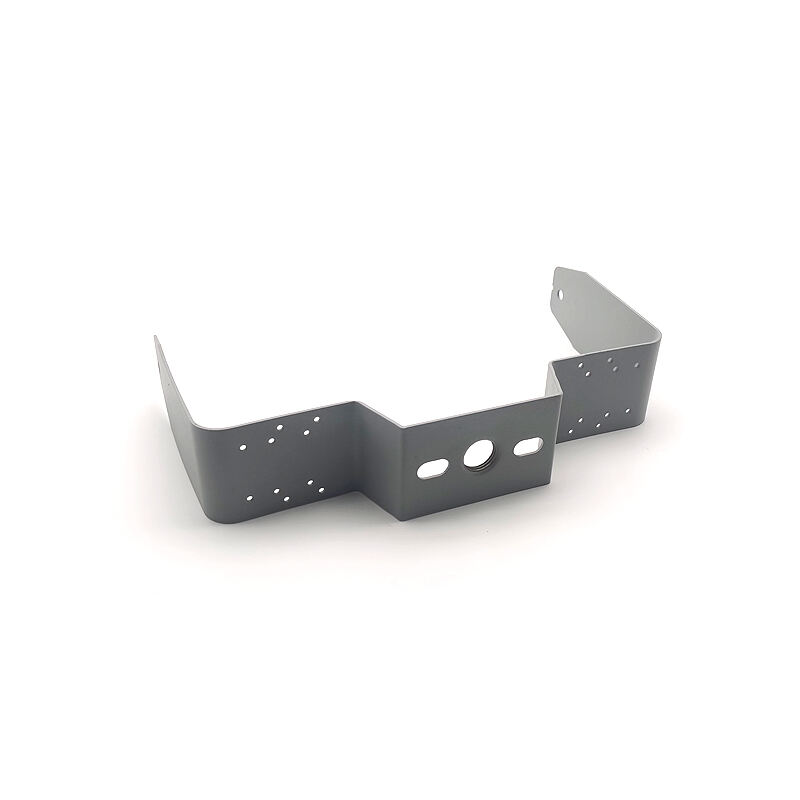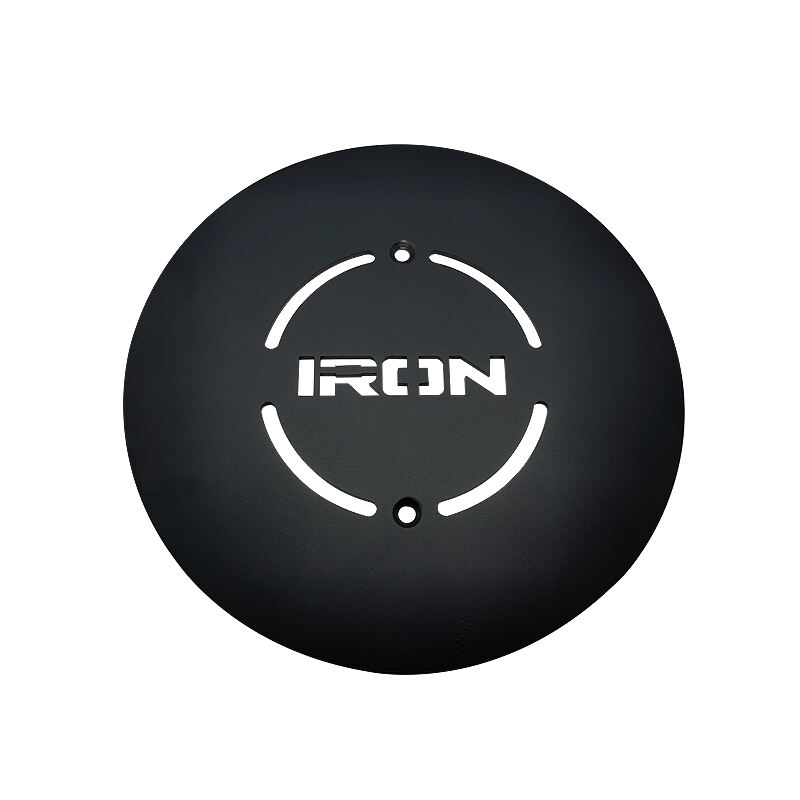stamping steel parts
Stamping steel parts represent a crucial component in modern manufacturing, offering precision-engineered solutions across various industries. These components are produced through a sophisticated metal forming process that involves using dies to transform flat sheet metal into specific shapes and sizes. The process combines mechanical precision with metallurgical expertise to create parts that maintain tight tolerances and consistent quality. Manufacturing methods include progressive die stamping, transfer stamping, and deep draw stamping, each suited to different production requirements. These parts serve essential functions in automotive manufacturing, electronics, aerospace, and construction industries. The versatility of stamping steel parts allows for both high-volume production and customized solutions, making them indispensable in modern manufacturing. The process ensures optimal material utilization while maintaining structural integrity, resulting in cost-effective and reliable components. Advanced technology in stamping processes enables the creation of complex geometries and intricate designs while maintaining precise specifications and dimensional accuracy. The durability and reliability of stamped steel parts make them ideal for applications requiring long-term performance and resistance to wear and tear.


